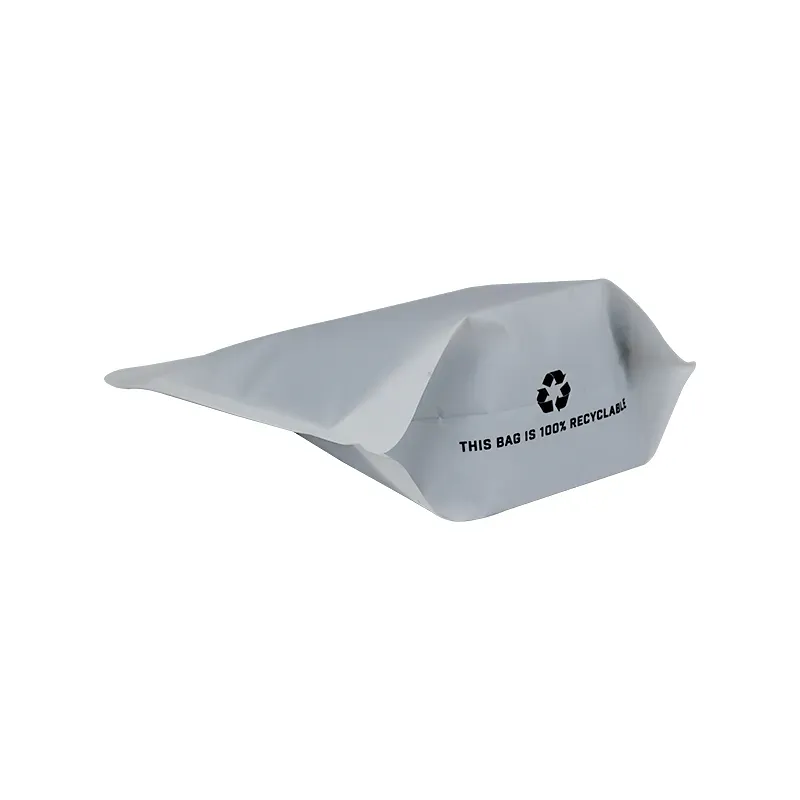- Afrikaans
- Albanian
- Amharic
- Arabic
- Armenian
- Azerbaijani
- Basque
- Belarusian
- Bengali
- Bosnian
- Bulgarian
- Catalan
- Cebuano
- chinese_simplified
- chinese_traditional
- Corsican
- Croatian
- Czech
- Danish
- Dutch
- English
- Esperanto
- Estonian
- Finnish
- French
- Frisian
- Galician
- Georgian
- German
- Greek
- Gujarati
- haitian_creole
- hausa
- hawaiian
- Hebrew
- Hindi
- Miao
- Hungarian
- Icelandic
- igbo
- Indonesian
- irish
- Italian
- Japanese
- Javanese
- Kannada
- kazakh
- Khmer
- Rwandese
- Korean
- Kurdish
- Kyrgyz
- Lao
- Latin
- Latvian
- Lithuanian
- Luxembourgish
- Macedonian
- Malgashi
- Malay
- Malayalam
- Maltese
- Maori
- Marathi
- Mongolian
- Myanmar
- Nepali
- Norwegian
- Norwegian
- Occitan
- Pashto
- Persian
- Polish
- Portuguese
- Punjabi
- Romanian
- Russian
- Samoan
- scottish-gaelic
- Serbian
- Sesotho
- Shona
- Sindhi
- Sinhala
- Slovak
- Slovenian
- Somali
- Spanish
- Sundanese
- Swahili
- Swedish
- Tagalog
- Tajik
- Tamil
- Tatar
- Telugu
- Thai
- Turkish
- Turkmen
- Ukrainian
- Urdu
- Uighur
- Uzbek
- Vietnamese
- Welsh
- Bantu
- Yiddish
- Yoruba
- Zulu
28 ga in mm
Understanding 28 Gauge in Millimeters A Comprehensive Guide
When discussing wire gauges and their measurements, it can often be confusing, especially when transitioning from American Wire Gauge (AWG) to metric systems. One common gauge that comes up, particularly in various fields such as metalworking, woodworking, and electrical applications, is the 28-gauge wire. Understanding what 28 gauge means in millimeters is crucial for professionals and hobbyists alike.
To start with, the American Wire Gauge system is a standardized wire gauge system used predominantly in the United States. The lower the gauge number, the thicker the wire; conversely, a higher number means a thinner wire. The 28-gauge wire is considered very fine and is commonly utilized for tasks that require a delicate touch, such as in electronics, intricate crafting, and even in applications involving model building.
In terms of measurement, 28 gauge wire has a diameter of approximately 0.0126 inches. To convert this to the metric system, we need to understand what this means in millimeters. One inch is equivalent to 25.4 millimeters. Therefore, to convert 0.0126 inches to millimeters, we can use the following formula
\[ \text{Diameter in mm} = \text{Diameter in inches} \times 25
.4 \]So, \[ 0.0126 \text{ inches} \times 25.4 = 0.32004 \text{ mm} \]
28 ga in mm

Thus, 28 gauge wire measures approximately 0.32 mm in diameter. This fine wire is particularly beneficial in applications where flexibility and precision are necessary. For instance, it is very popular in the production of jewelry, as it can be easily manipulated into intricate designs.
In the world of electronics, 28 gauge wire is often used in prototyping and breadboarding, where ease of manipulation is key. Its thinness allows for easy routing through small spaces, making it an ideal choice for compact electronic devices. Whether it's connecting components on a circuit board or crafting complex wiring systems, 28 gauge wire can provide both functionality and aesthetic appeal.
For hobbyists, understanding the significance of wire gauge, especially the 28 gauge, is imperative. When working on DIY projects, knowing the appropriate wire gauge to use can dramatically affect the outcome. Using too thick a wire might not only be cumbersome but may also alter the project's aesthetic, while too thin a wire might not handle the electrical load safely.
In terms of availability, 28 gauge wire can be found in various materials, including copper and aluminum, each having its own sets of advantages and disadvantages. Copper wire, for instance, is highly conductive and commonly used in most wiring applications, while aluminum wire is lighter and less expensive but has higher resistance.
In conclusion, the understanding of 28 gauge wire in millimeters—approximately 0.32 mm—plays a crucial role in many industries and hobbies. Its applications range from electronic prototyping to intricate craft projects, showcasing its versatility and essential role in various fields. By mastering these measurements and conversions, consumers and professionals alike can make informed decisions regarding their wire choices, ensuring safety, functionality, and creativity in their work. Whether you are a professional in the field or a hobbyist exploring your interests, the concept of gauge—as it pertains to wire—cannot be overlooked, and understanding its measurements will undoubtedly enhance your projects.













